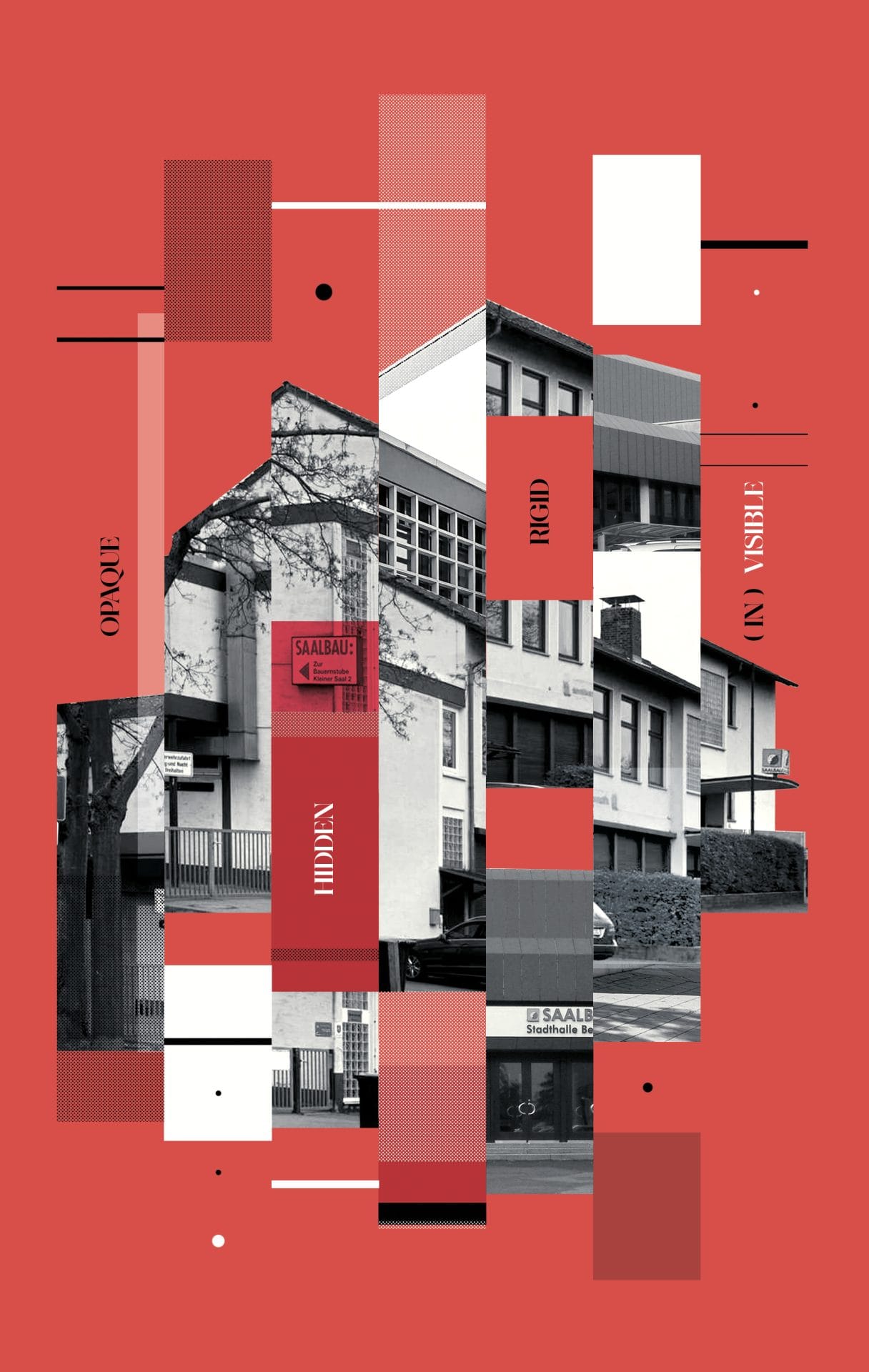Frankfurt’s Saalbau halls, a network of public assembly venues established in the nineteenth century for working-class communities, have today become vital spaces for migrant cultural and religious gatherings. Despite this intensive use, the halls’ introverted layouts, opaque facades, and monolingual signage often render such events invisible to the wider city.

The Visible Spaces project investigates how this civic typology mediates belonging, visibility, and participation in one of Germany’s most diverse urban regions. Combining architectural analysis, ethnographic fieldwork, and participatory design, it examines the historical assumptions embedded in the Saalbau, the strategies through which migrant communities adapt and negotiate its spatial logic, and the possibilities for reimagining these buildings as inclusive infrastructures of shared urban life.